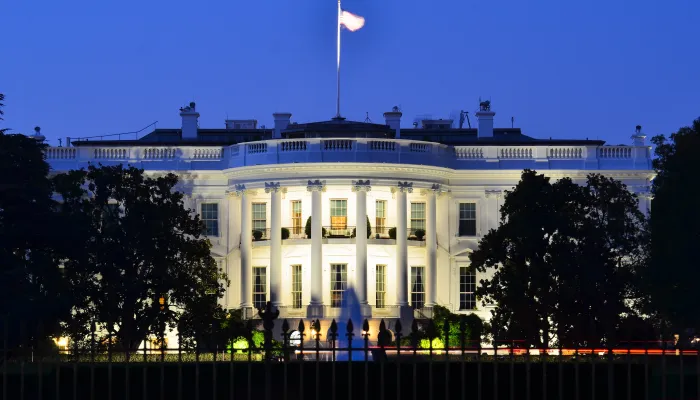Want to Protect Low-Income Individuals? Look Toward a Grand Bargain
Today, a piece in the Financial Times shows the unnecessary damage being done by the ongoing sequester -- in this case, sharp cuts to federal support for low-income housing. We've said before that the abrupt, across-the-board cuts would slow economic growth and reduce spending in vital areas, despite doing little to address our long-term debt problem. But the piece is a reminder that these cuts do have real world consequences. The FT tells of one single mother of two who found out that her government subsidized rent would be increasing by $1,000 a month:
"It was definitely shocking because the amount is not feasible for me," said Ms. Bearden, a 28-year-old single mother of two from San Jose, California. "Here I am with six weeks to move into a smaller unit in a less-fortunate part of town, or I can pay my entire month’s income to keep my son stable in his school."
Similar dilemmas are being faced by low-income families across the US as public housing programmes try to absorb the costs of sequestration – the across-the-board budget cuts in Washington, imposed amid political wrangling in Congress, that have slashed $930m from federal housing assistance programmes. The squeeze will affect 125,000 families.
We have argued before that sequester's method of blunt, indiscriminate cuts is not a smart way to achieve deficit reduction, and it will further cut discretionary spending, of which low income housing support is a component, despite that the majority of deficit reduction has been achieved through discretionary cuts. In fact, even if the sequester were repealed, as assumed in the CRFB Realistic Baseline, discretionary spending is projected to fall from 7.6 percent of GDP in 2013 to 5.4 percent in 2023. By contrast, combined spending on Social Security and health care will increase relative to the economy, from 9.8 percent of GDP to 11.7 over the same time period. The growth in those programs is especially notable in the second decade as the Baby Boom generation retires, rising to 13.8 percent of GDP by 2033 and 15.0 percent by 2043.
Note: Projections based on CRFB Realistic Baseline
Yet while many would like to replace the sequester to prevent these cuts to vulnerable populations, many also feel certain reforms to entitlement programs, which are driving our debt problem, should be off the table. A recent article from The Nation takes a look at pushback received by Members of Congress during the August recess on one possible reform, switching a more accurate measure of inflation called the chained CPI. It highlights those who argue it should be off limits because of its impact on Social Security benefits.
As we've argued before, switching to chained CPI would grow benefits at the more accurate rate of inflation - on average, slightly slower than the current measure. Given that Social Security's trust fund faces insolvency in twenty years, chained CPI would be a much better option than the 23 percent benefit cut that would be required at that point.
Importantly, many entitlement reforms, including proposals to switch to chained CPI, include protections for the most vulnerable. The President's chained CPI proposal includes an old-age bump up that would help those who outlive their savings, as does The Bipartisan Path Forward. The same is true with many other entitlement reforms; we've previously identified $600 billion in health savings that, on whole, would help disadvantaged populations.
The sequester will negatively impact the most vulnerable, but so will continuing to kick the can down the road when it comes to addressing the core drivers of our debt challenges. Policymakers must come together on a comprehensive debt reduction package that replaces part of the sequester with smarter cuts, coupled with meaningful entitlement and tax reforms. And unlike the sequester, this can be done in ways that protect, and in some cases improve, the economic well-being of the most vulnerable.


